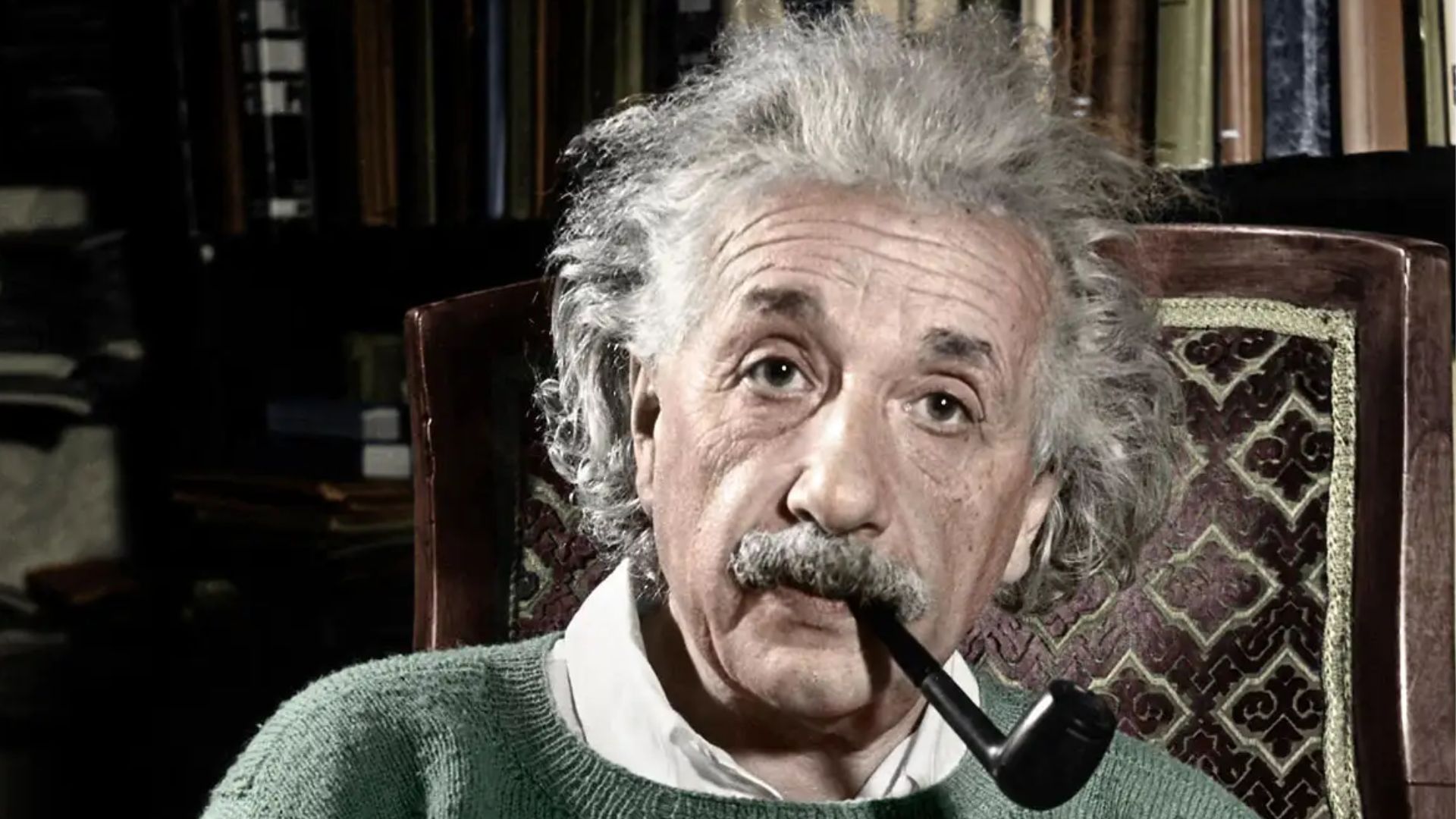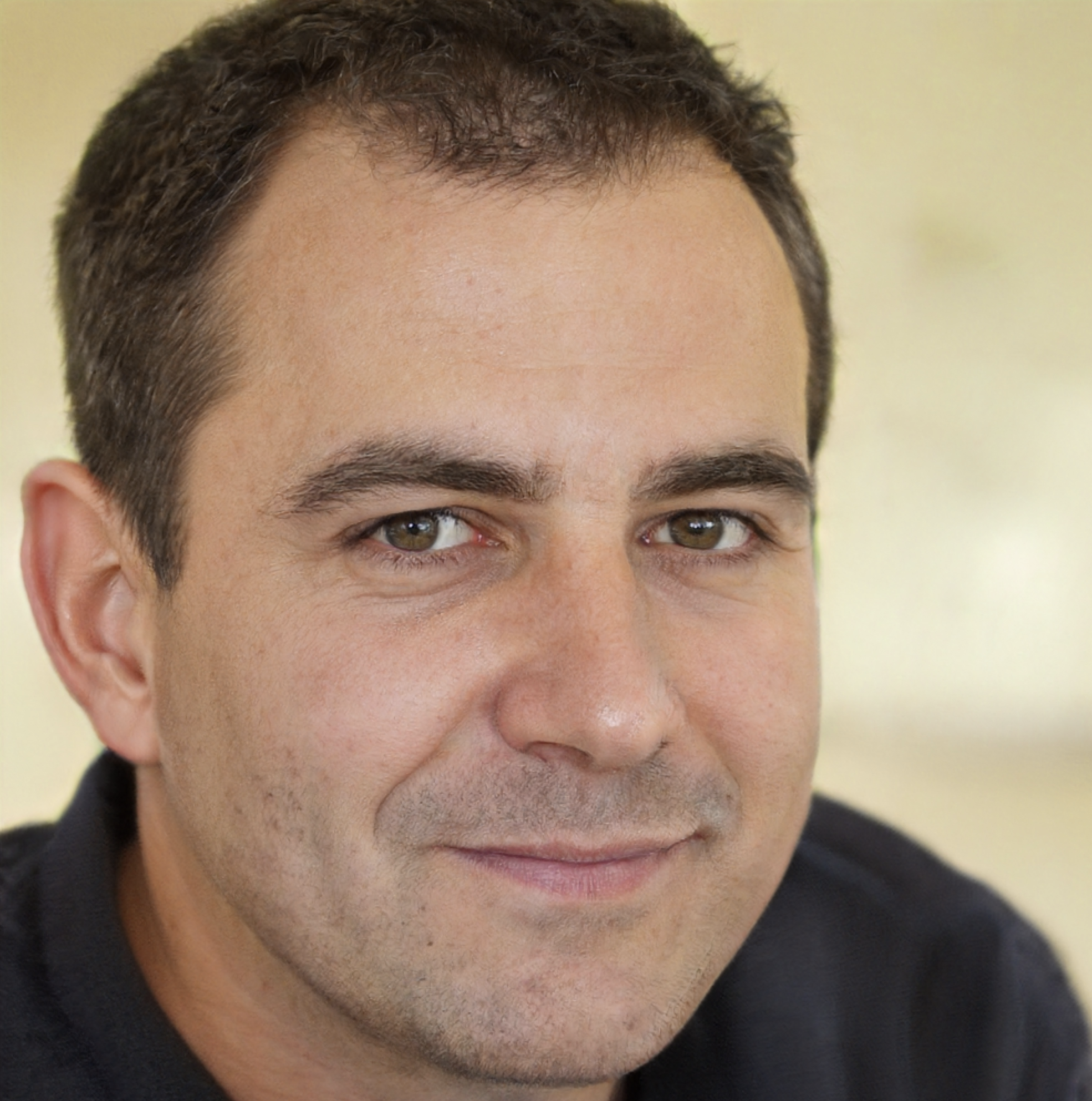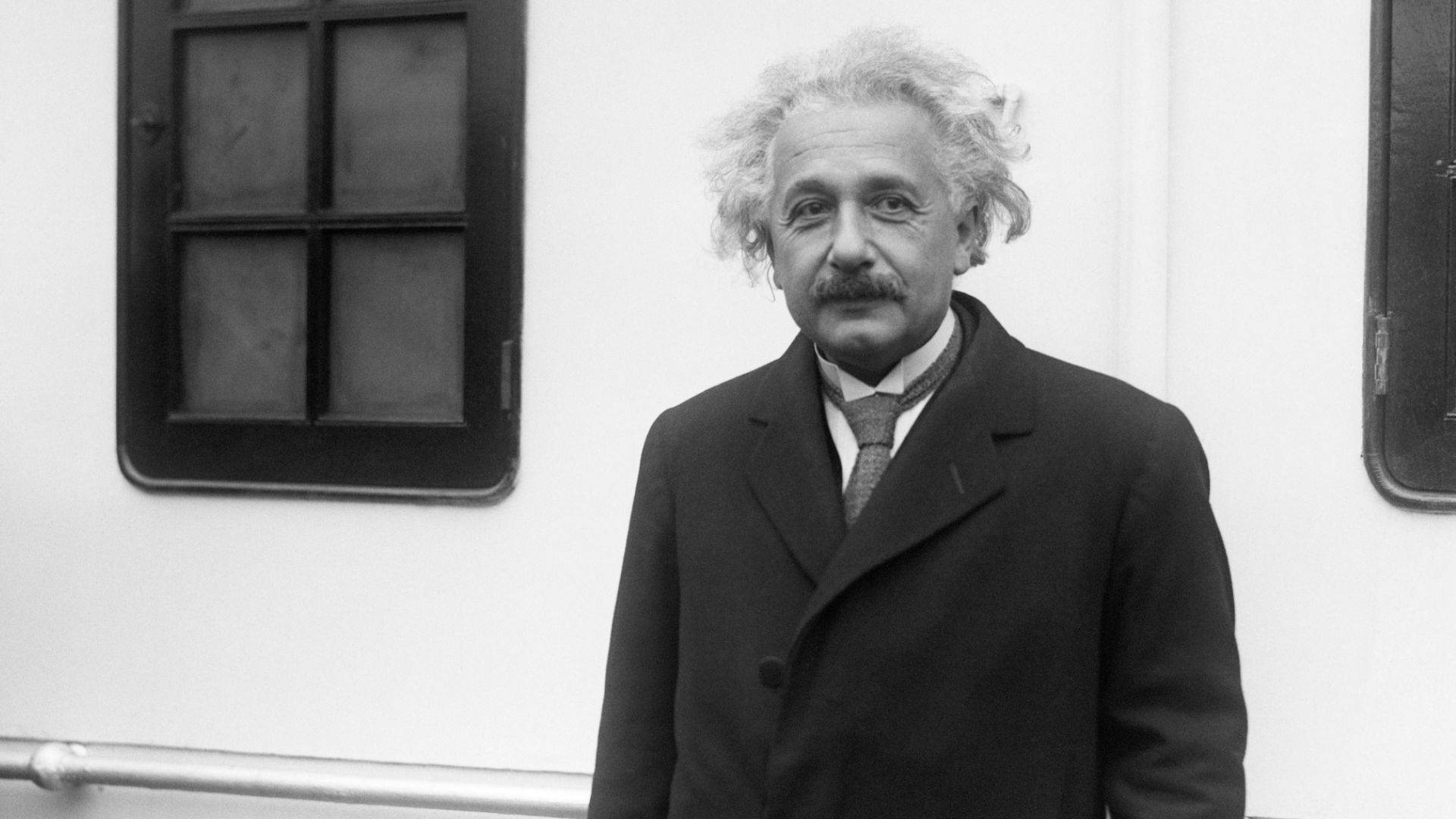How Does The Einstein Life Path 33 Shape The Legacy Of A Scientific Artist?
In this article, we will examine Einstein's life path, including his childhood, education, career, relationships, and legacy. The article will also delve into the "Einstein Life Path 33," which is a term used to describe the unique blend of intellectual curiosity, humanitarianism, and creative expression that characterized Einstein's life and work.
Author:Matteo CaravetaReviewer:Calvin PenwellJan 07, 20241.2K Shares27.4K Views

In this article, we will examine Einstein's life path, including his childhood, education, career, relationships, and legacy. The article will also delve into the "Einstein Life Path 33," which is a term used to describe the unique blend of intellectual curiosity, humanitarianism, and creative expression that characterized Einstein's life and work.
Albert Einstein is considered one of the greatest scientists of all time. He is known for his groundbreaking work in physics, including his theory of general relativity and the famous equation, E=mc². But beyond his scientific achievements, Einstein lived a fascinating life full of personal struggles, political activism, and philosophical musings.
Childhood And Early Education
Einstein was born in Ulm, Germany, in 1879. As a child, he was fascinated by mathematics and physics and showed an early aptitude for these subjects. However, he was not a particularly diligent student and struggled in school due to his rebellious nature and lack of interest in rote memorization.
Despite these challenges, Einstein went on to attend the Swiss Federal Institute of Technology in Zurich, where he studied physics and mathematics. It was here that Einstein first began to develop his theories about the nature of the universe, and he would continue to refine these ideas throughout his career.
Career And Scientific Contributions
Einstein's work in physics began in 1905 when he published a series of papers that would come to be known as his "Annus Mirabilis" papers. In these papers, Einstein introduced several revolutionary ideas, including the theory of special relativity, the equation E=mc², and the concept of mass-energy equivalence.
Over the next few years, Einstein continued to work on his theories and published additional papers that further expanded our understanding of the universe. In 1915, he published his theory of general relativity, which provided a new framework for understanding gravity and the large-scale structure of the universe.
Throughout his career, Einstein was recognized for his contributions to science and was awarded several prestigious prizes and honors, including the Nobel Prize in Physics in 1921.
Personal Life And Relationships
Despite his success as a scientist, Einstein's personal life was marked by struggles and turmoil. He married his first wife, Mileva Maric, in 1903, and the couple had two sons together. However, the marriage was tumultuous, and the couple eventually divorced in 1919.
Einstein then married his cousin, Elsa Einstein, and the two remained together until Elsa died in 1936. Despite his tumultuous personal life, Einstein remained committed to his work and continued to make significant contributions to science until he died in 1955.
Political Activism And Humanitarianism
Throughout his life, Einstein was not only a brilliant scientist but also a passionate political activist and humanitarian. He was an early opponent of fascism and anti-Semitism and was an active supporter of pacifism and civil rights.
In 1933, Einstein emigrated to the United States to escape the rising tide of fascism in Germany and continued to use his fame and influence to speak out against injustice and oppression. He was a vocal critic of the US government's treatment of Japanese-Americans during World War II and was a strong supporter of the civil rights movement during the 1950s and 1960s.
Legacy And The "Einstein Life Path 33"
Albert Einstein's legacy as one of the greatest scientists of all time is undeniable. His contributions to physics and mathematics have had a profound impact on our understanding of the universe, and his work continues to shape the way that scientists think about the nature of space, time, and matter.
Beyond his scientific achievements, Einstein's life also serves as a powerful example of the "Einstein Life Path 33." This term is used to describe the unique combination of intellectual curiosity, humanitarianism, and creative expression that characterized Einstein's life and work.
Einstein's intellectual curiosity was evident from a young age. As a child, he was fascinated by mathematics and physics and showed an early aptitude for these subjects. Throughout his career, he continued to be driven by a deep desire to understand the mysteries of the universe, and his work was characterized by a willingness to think outside the box and challenge conventional wisdom.
In addition to his intellectual curiosity, Einstein was also a committed humanitarian. Throughout his life, he was an active political activist and used his fame and influence to speak out against injustice and oppression. He was an early opponent of fascism and anti-Semitism and was a vocal critic of the US government's treatment of Japanese-Americans during World War II. He also supported the civil rights movement during the 1950s and 1960s.

The Meaning of Life Path #33 in Numerology [Success Tips Included!]
The Intersection Of Science And Art In The Einstein Life Path 33
Albert Einstein's life and work provide a powerful example of the intersection of science and art. Despite being known primarily as a scientist, Einstein was deeply interested in art and saw a close connection between his work in physics and his appreciation for beauty and aesthetics.
This connection between science and art is a key aspect of the "Einstein Life Path 33," and provides a unique perspective on the nature of creativity and discovery. Einstein believed that scientific discovery was not only about discovering objective facts about the universe but also about appreciating its beauty and majesty.
The most beautiful thing we can experience is the mystery. It is the source of all true art and all science. He to whom this emotion is a stranger, who can no longer pause to wonder and stand rapt in awe, is as good as dead: his eyes are closed. This appreciation for the beauty of the universe was a driving force in Einstein's work and led him to make some of the most profound discoveries in the history of physics.
In addition to his appreciation for the beauty of the universe, Einstein was also interested in the creative process itself. He saw the creative process as a combination of intuition, imagination, and logical reasoning, and believed that this process was essential to making scientific discoveries.
Imagination is more important than knowledge. Knowledge is limited, imagination encircles the world. This perspective on the role of imagination in scientific discovery is a key aspect of the Einstein Life Path 33, and provides a unique perspective on the relationship between science and art.
Intellectual Curiosity - A Cornerstone Of The "Einstein Life Path 33"
Intellectual curiosity is a defining characteristic of the "Einstein Life Path 33," and a crucial part of Albert Einstein's legacy. Einstein's life was marked by an insatiable desire to understand the world around him, and a relentless pursuit of knowledge and understanding.
This intellectual curiosity was a driving force behind Einstein's work in physics and helped him to make some of the most profound discoveries in the history of science. Einstein's intellectual curiosity was apparent from a young age.
As a child, he was fascinated by science and mathematics and spent much of his free time reading books and conducting experiments. This love of learning continued throughout his life, and he remained dedicated to the pursuit of knowledge and understanding even as he became one of the most famous scientists in the world.
Einstein's intellectual curiosity was also characterized by a willingness to challenge conventional wisdom and think outside the box. He was not content to simply accept the prevailing ideas of his time and instead sought to question and test these ideas through his research and experimentation.
This led him to make some of the most groundbreaking discoveries in physics, including his theory of general relativity, which fundamentally changed our understanding of space and time.
People Also Ask
What Is The Einstein Life Path 33?
The "Einstein Life Path 33" refers to the idea that Albert Einstein's life and work embodied a unique combination of intellectual curiosity, artistic sensitivity, and interdisciplinary thinking.
What Are The Key Characteristics Of The Einstein Life Path 33?
The key characteristics of the "Einstein Life Path 33" include intellectual curiosity, an appreciation for the beauty of the universe, a commitment to continuous learning and discovery, and an interdisciplinary approach to problem-solving and creativity.
How Does The Einstein Life Path 33 Inspire People Today?
The "Einstein Life Path 33" continues to inspire people today by providing a powerful example of how one can pursue their passions and make a difference in the world.
Conclusion
In conclusion, the "Einstein Life Path 33" represents a unique combination of intellectual curiosity, appreciation for the beauty of the universe, and an interdisciplinary approach to creativity and discovery.
Einstein's life and work serve as a powerful example of the power of these principles and inspire those who seek to pursue their passions and make a difference in the world. Whether in science, art, or any other field, the lessons of the "Einstein Life Path 33" provides a roadmap for those who wish to cultivate their creativity, imagination, and intellectual curiosity.
Jump to
Childhood And Early Education
Career And Scientific Contributions
Personal Life And Relationships
Political Activism And Humanitarianism
Legacy And The "Einstein Life Path 33"
The Intersection Of Science And Art In The Einstein Life Path 33
Intellectual Curiosity - A Cornerstone Of The "Einstein Life Path 33"
People Also Ask
Conclusion

Matteo Caraveta
Author
In the heart of Rome, Matteo Caraveta was born under the influence of the number 9, a symbol of universal love and completion. His path into numerology was illuminated during a life-changing encounter on his 21st birthday, a date that numerologically signifies the beginning of a new cycle, under the mystical skies of Sedona, Arizona. This experience, marked by the convergence of powerful numerical energies, reshaped his destiny.
Matteo's numerology practice is enriched with the vibrational essence of numbers, particularly the harmonious number 2, symbolizing balance and partnership, which guides his consultations. His most profound moment came when he used the energy of number 5, the emblem of dynamic change, to navigate a client through a tumultuous career shift, leading them to a path filled with purpose and prosperity.
Now, Matteo Caraveta stands as a beacon of light in the numerical maze, guiding souls with the wisdom of numbers, where every consultation is a step towards understanding the universe's grand design. His journey embodies the transformative power of numerology, making Matteo not just a numerologist, but a navigator of life's numerical currents.

Calvin Penwell
Reviewer
Since diving into numerology in 1997, my path has been marked by extraordinary encounters and insights. A pivotal moment was uncovering a forgotten numerological manuscript in a tucked-away Italian library, which deepened my connection to the ancient wisdom of numbers. Another transformative experience was a meditation retreat in Nepal's tranquil mountains, where I honed my intuition and the art of interpreting numerical vibrations.
These adventures have not only enriched my numerological practice but also my ability to guide others towards understanding their destiny and life's purpose. My approach is deeply personal, rooted in a blend of historical knowledge and intuitive insight, aimed at helping individuals find their alignment with the universe's abundant energies. My mission is simple: to share the power of numerology in illuminating paths to abundance and fulfillment.
Latest Articles
Popular Articles
